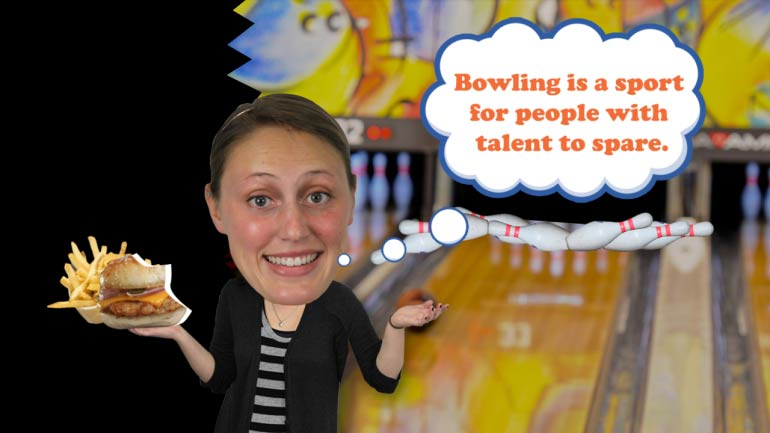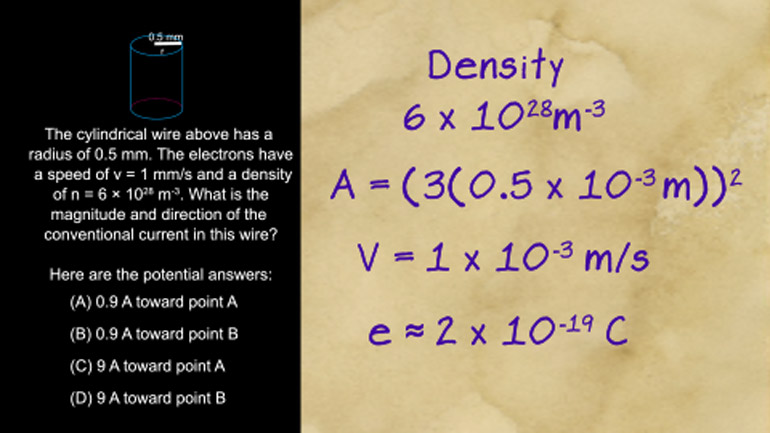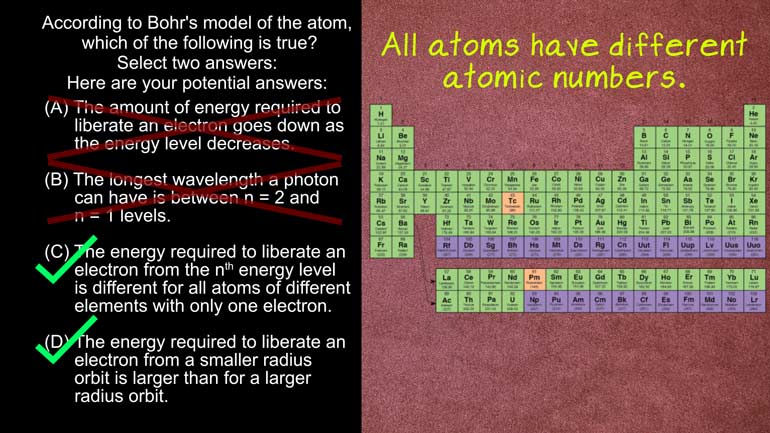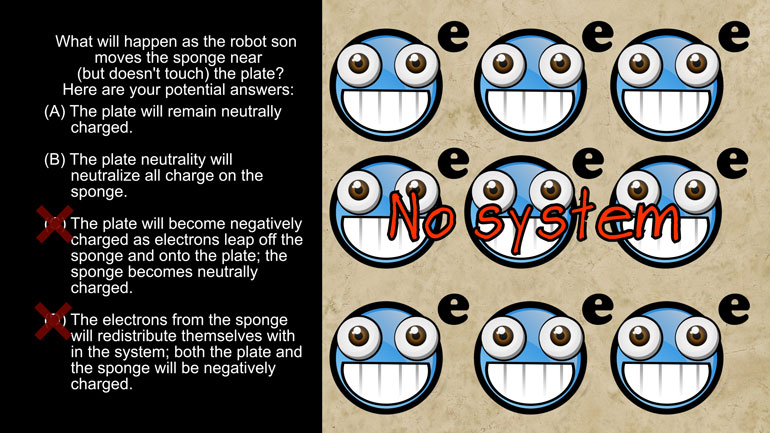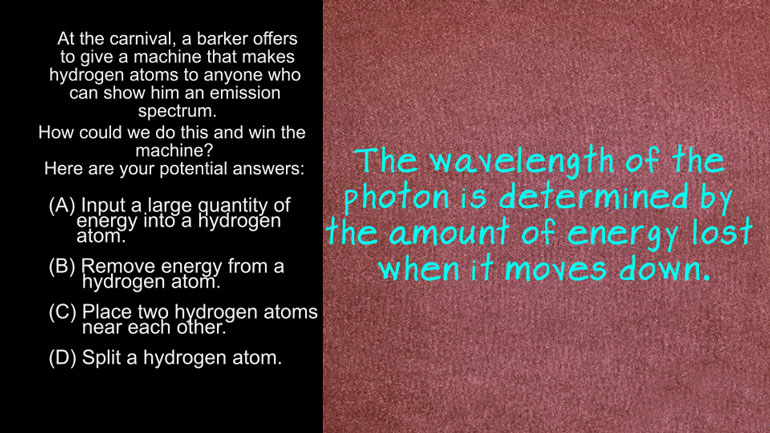ShmoopTube
Where Monty Python meets your 10th grade teacher.
Search Thousands of Shmoop Videos
AP Physics 2: 1.5 Changes and Conservation Laws 8 Views
Share It!
Description:
AP Physics 2: 1.5 Changes and Conservation Laws. Which of the following statements is correct?
Transcript
- 00:03
And here's your shmoop du jour brought to you by enchanted
- 00:06
forest unfortunately none of the forests around us have dragon eggs or dwarves.. one [Dwarf with a dragon egg in a forest]
- 00:11
time we thought we found a treasure map though but it turned out to be a burger
- 00:14
wrapper it did lead us to a good McDonald's though. Bognor the dwarf is
- 00:19
foraging in the wire forest and stumbles across a dragon egg his first thought [Elf walks into a dragon egg]
Full Transcript
- 00:23
is to make a dragon omelet but his kinder nature prevails he decides to
- 00:27
incubate the egg with a 60-watt light bulb which of the following statements
- 00:31
is correct, select two answers and here the choices...... oh good old Bognar sure he may
- 00:39
look grumpy on the outside but we know he's really happy inside yeah we're [Bognar dancing]
- 00:43
going to work our way through all the seven dwarves here people so we can't
- 00:47
let this opportunity slip by and it's nice of a Bognar to take care of this
- 00:51
dragon egg, although we really wouldn't want a dragon hatching in [Dragon egg hatches and dragon appears]
- 00:55
our place we're not big fans of flying fire hazards but if we do want to make
- 01:00
this future dragon warmer we need to increase the power of the bulb. Power is a
- 01:04
product of voltage and current so if we increase the voltage will crank up the
- 01:07
power and crank up the heat and we bet all that warmth is making the dragon [Dragon egg by a burning fire]
- 01:11
to be nice and sleepy, answer A is one of our correct choices right there if the
- 01:16
voltage across the bulbs increased than the current through the both remain
- 01:19
constant the heat emitted by the bulb will increase. Answer B says charge
- 01:23
carriers have zero electric potential energy at the positive terminal of the
- 01:27
battery but by convention charge carriers are positive which means at the [Positive carrier travelling down a road]
- 01:32
positive terminal charge has the maximum electrical potential energy we're not
- 01:37
too bashful to stand up and say B is wrong let's take a look at how power can [Person switches power button on]
- 01:41
be expressed.. power or watts equal current or amps times voltage or volts and
- 01:48
current AKA amps equals charge over time or coulombs over second so amps can be
- 01:55
expressed as coulombs per second and volts can be expressed as well volts so
- 02:01
yeah power can indeed be stated as both coulombs per second answer C gets
- 02:05
clean bill of health from the doc it's one of the right choices and as for
- 02:09
answers D well the electrons in in a current [Electrons in a current travel to negative]
- 02:11
are negatively charged so they are repelled from the negative end of a
- 02:14
battery like people are repelled from us when we get hay fever.. No one
- 02:18
likes us when were sneezy.. So answer D is incorrect and there you have it four
- 02:23
choices two correct answers and seven dwarfs wait we got all seven in their [Seven dwarfs appear]
- 02:28
sorry sometimes we can be dopey about this kind of thing.
Up Next
Related Videos
AP Physics 2: 1.1 Properties of Objects and Systems. What is the magnitude and direction of the conventional current in this wire?
AP Physics 2: 1.5 Properties of Objects and Systems. According to the Bohr's model of the atom, which of the following are true?
AP Physics 2: 2.2 Properties of Objects and Systems. What will happen as the robot son moves the sponge near (but doesn't touch) the plate?
AP Physics 2: 2.4 Properties of Objects and Systems. How could you show the carnival barker an emission spectrum?
